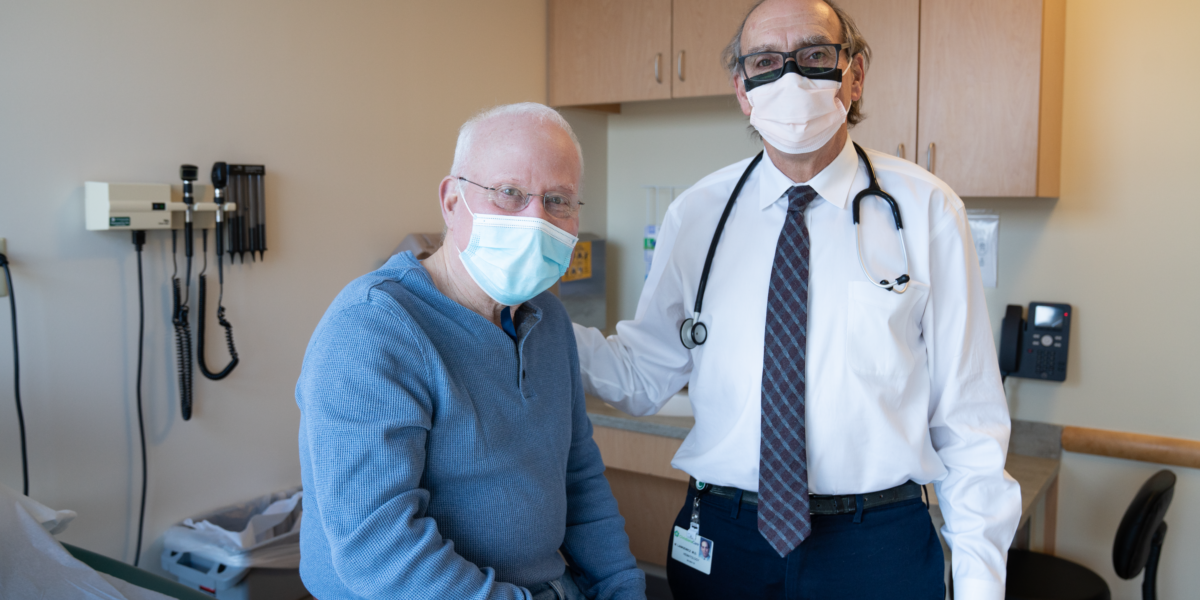Login
Joint Replacement
Arthritis
We can help manage the pain, lack of mobility and fatigue.
What is Arthritis?
What is Osteoarthritis?
Osteoarthritis is the type of arthritis that many people get as they age. It can happen at any age, but it is most common in older adults. Osteoarthritis is usually called arthritis.
Arthritis happens when the cartilage that cushions your joints gradually breaks down. A joint is any place where two or more bones connect, like the knee, hip, wrist, or shoulder. When the cartilage wears down, the bones rub against each other. This causes damage and pain.
There is no cure for arthritis. But treatment can help slow or limit the breakdown of cartilage and help you reduce your pain and continue to lead an active life. You may need to try several types of treatment to find what works for you. If your pain doesn't get better with treatment, you may decide to have surgery.
Arthritis treatments may include:
Rheumatoid Arthritis (RA)
Rheumatoid arthritis is a type of arthritis in which your body's immune system attacks healthy parts of the body, especially the joints. This makes the joints swollen, stiff, and painful. Over time, it may destroy the joint tissues and make it hard for you to walk and use your hands.
Medicine may help control rheumatoid arthritis or keep it from getting worse.
Contact Us
For more information and to find a surgeon near you, call 800-693-2273.
Resources
-
Measure Your Foot, Save Your Feet -
Getting Ready for Joint Replacement -
Cadernillo para Rodillas -
Cuadernillo para Caderas

